Since its founding in 1997, Lead Pencil Studio has continually advanced new territories of spatial inquiry in both art and architecture. The studio has become known for their large-scale installations like Non-Sign II (2010) and Maryhill Double (2006) which quietly delineate space without the density and solidity typically associated with objects of architectural scale.
Suspended Collapse expands the studio’s research on structures which exist at the limits of perception and structural fidelity. Employing models, drawing, photography, and LiDAR-based animations, this new body of work probes a subject overlooked in the field of architecture. With projects and proposals that embody qualities ordinarily defined as weak, frail, near-collapse, ephemeral, peripheral, and barely perceptible, these spatial explorations propose a counterpoint to the strength, solidity, and certainty that define the inherited traditions of Western architecture.
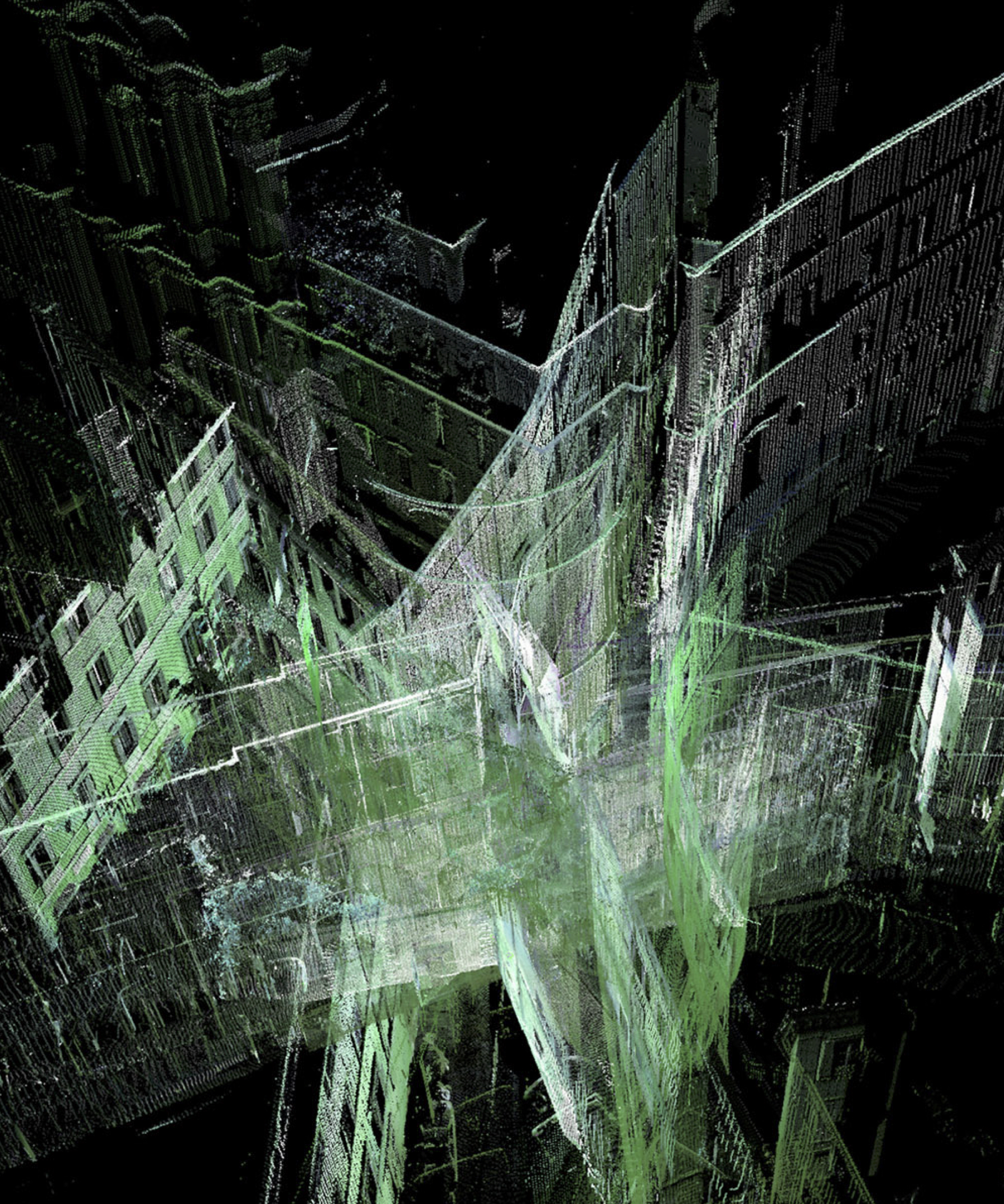
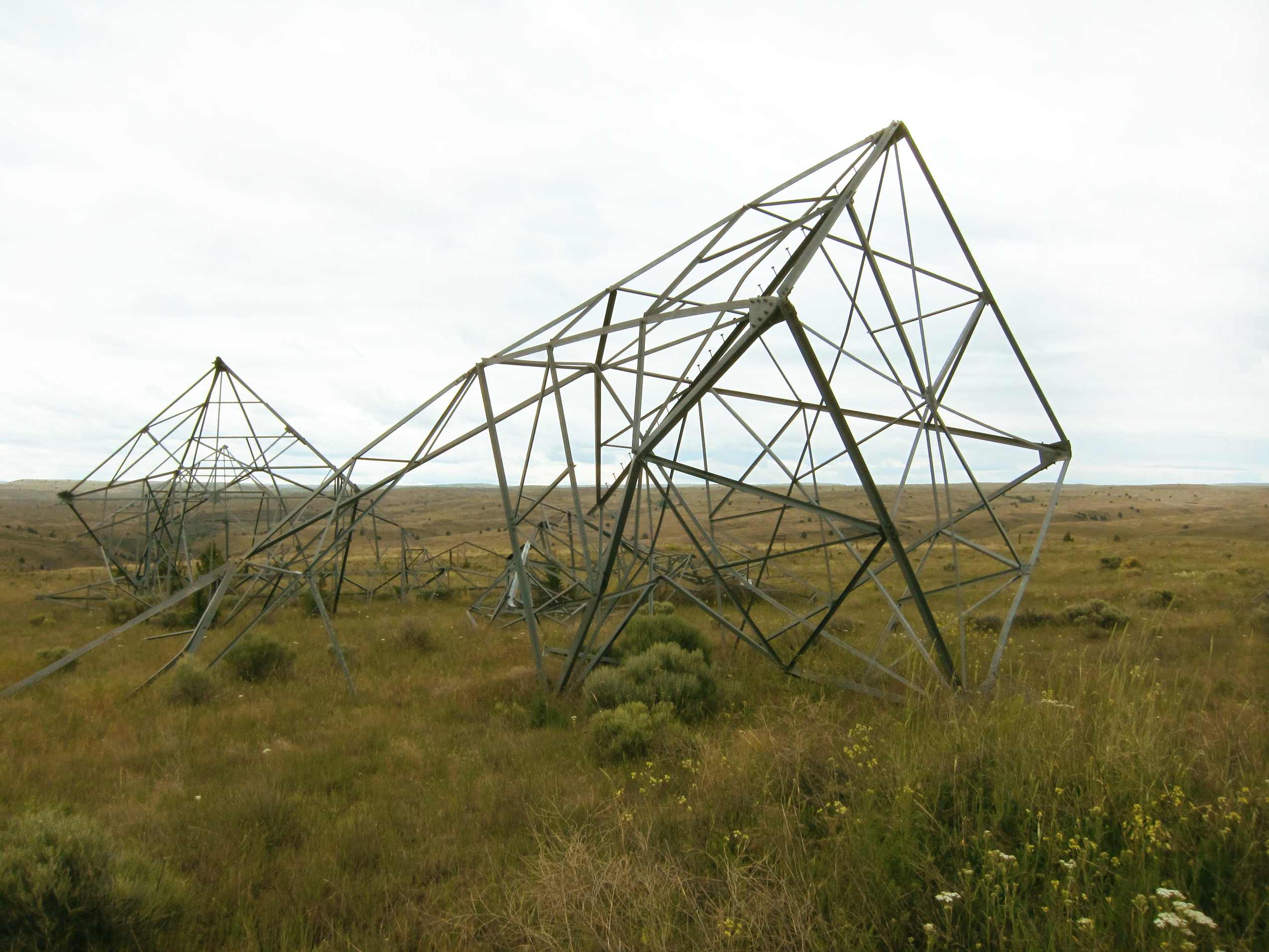
Lead Pencil Studio has been using photography as a method to capture and interpret their view of the world since the early 1990’s. Photography for them is a way to catalog found conditions and functions as a short-hand diary for thinking in transit. They maintain an extensive catalog of photographic works organized by subject and most are minimally edited to delete backgrounds for the purposes of isolating subjects. Under a folder titled, “delicate enclosures” are found the following selections of 22 x 16.5 in. photographic prints depicting fences, retaining walls, debris netting, scaffolding, pipes, and other curious structures that represent initial gestures of enclosure. There is little shown in these images that can be called a building, but these impermanent structures are also a nominal armature for functioning within. The Studio uses these denatured photographs as sketches for exploring structures on the verge of becoming something or dissolving into nothing.
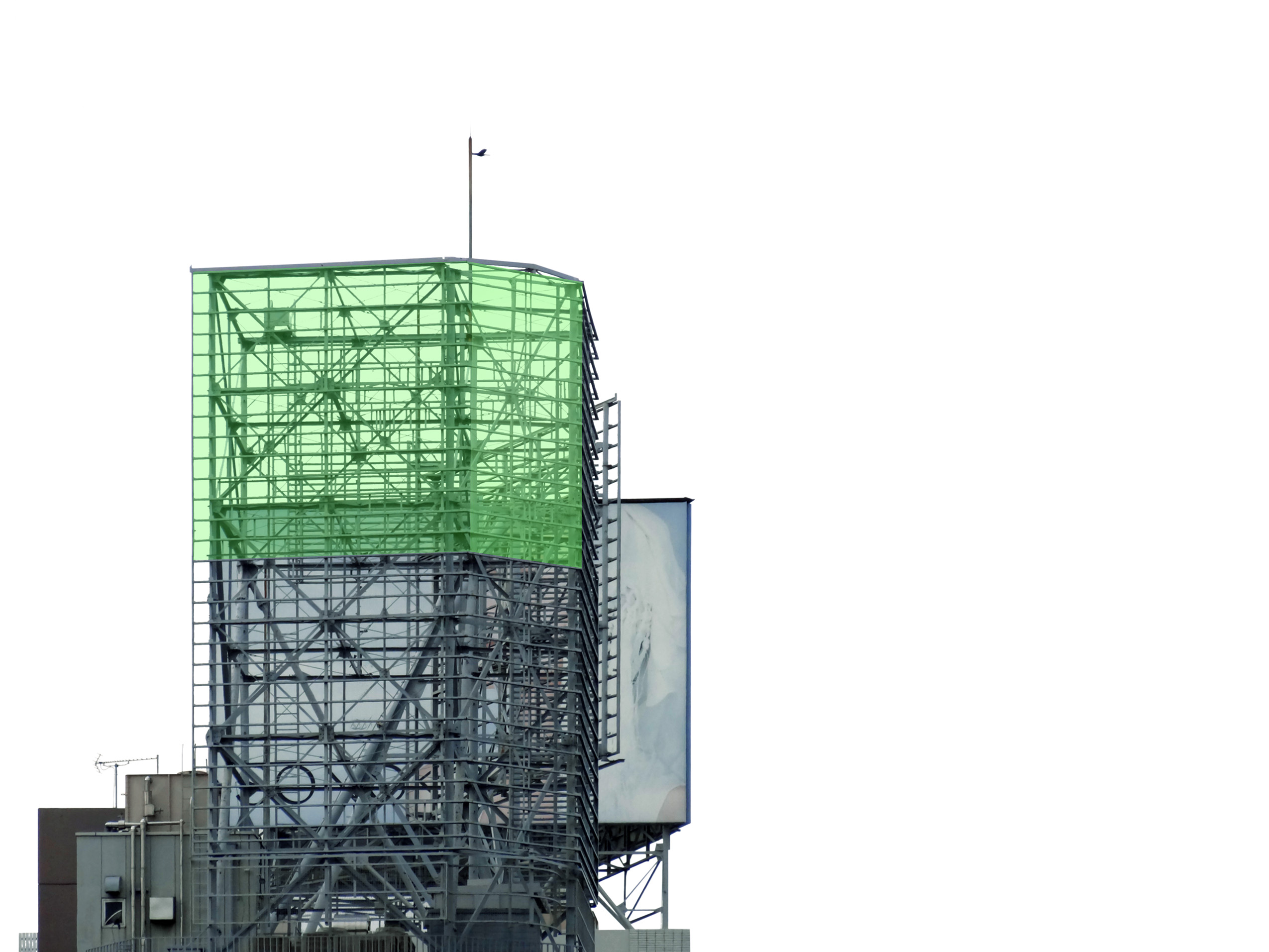
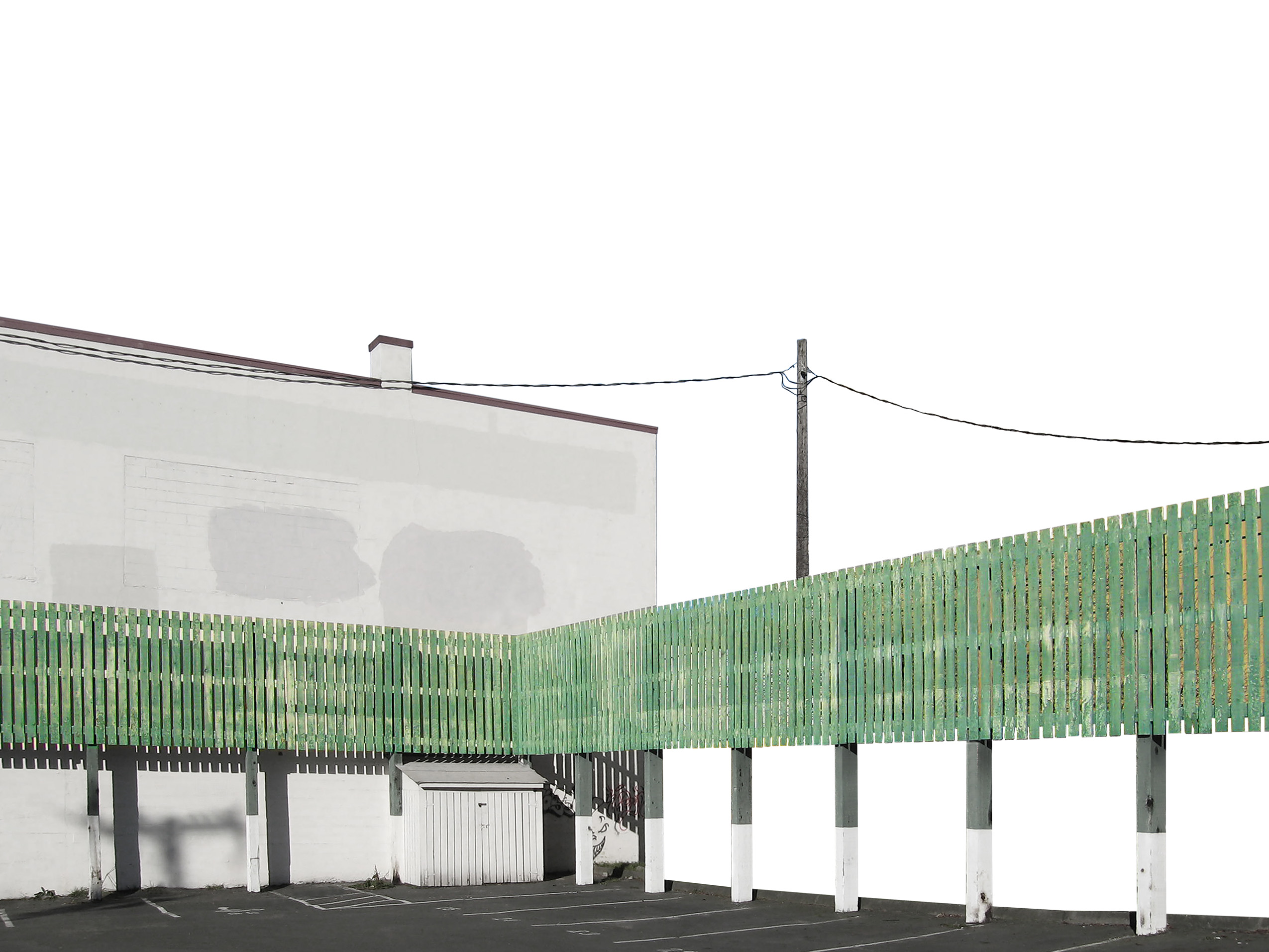
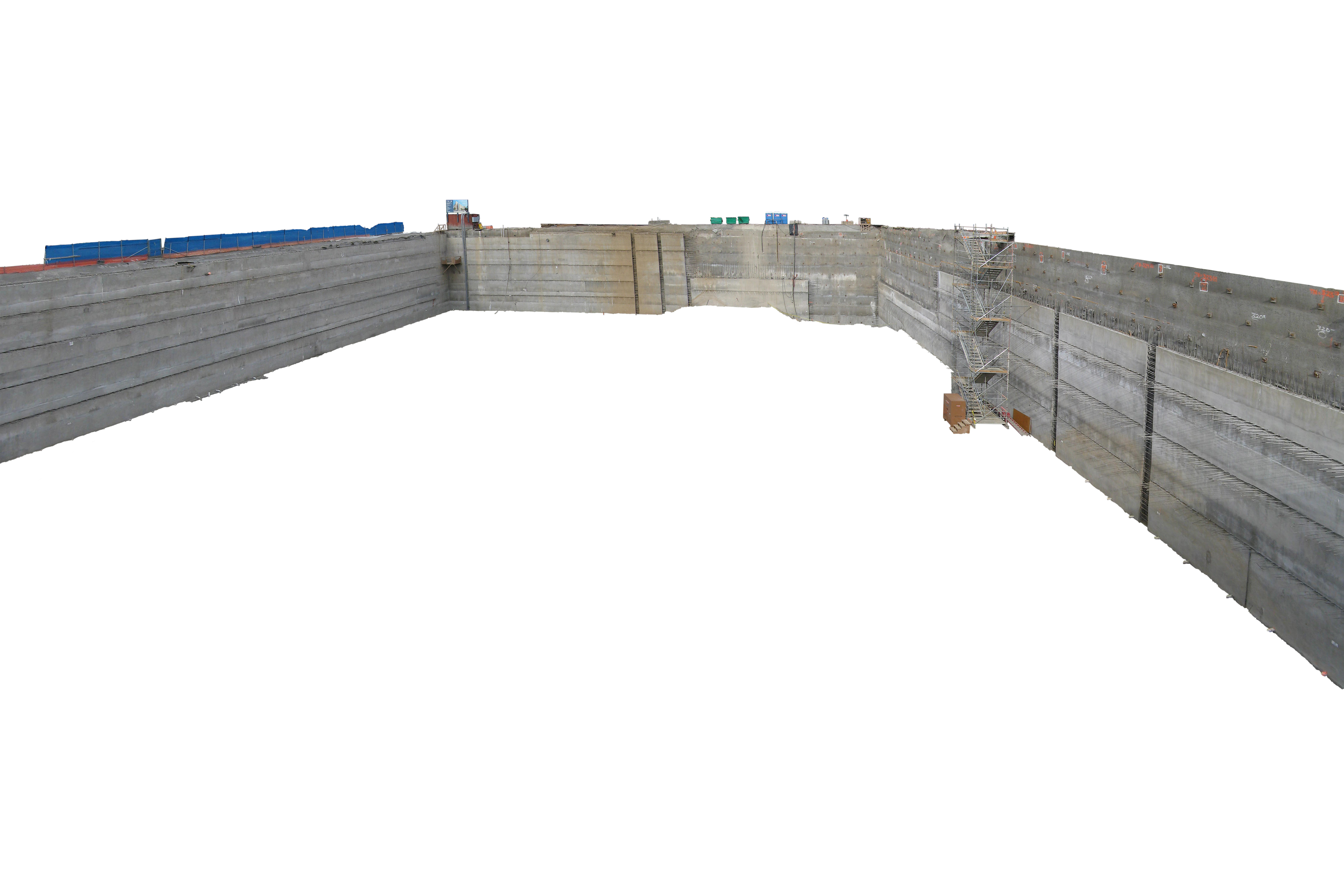
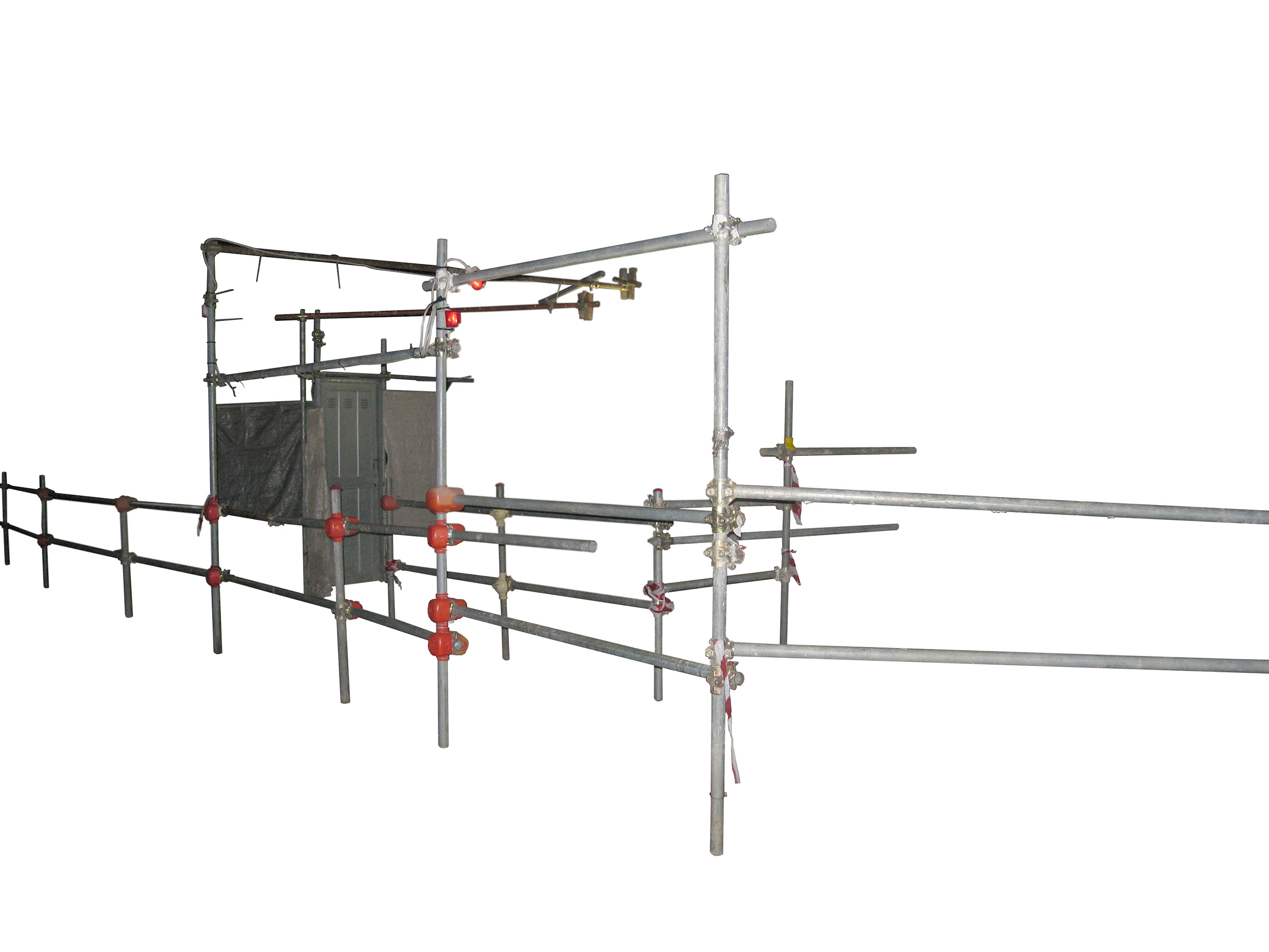
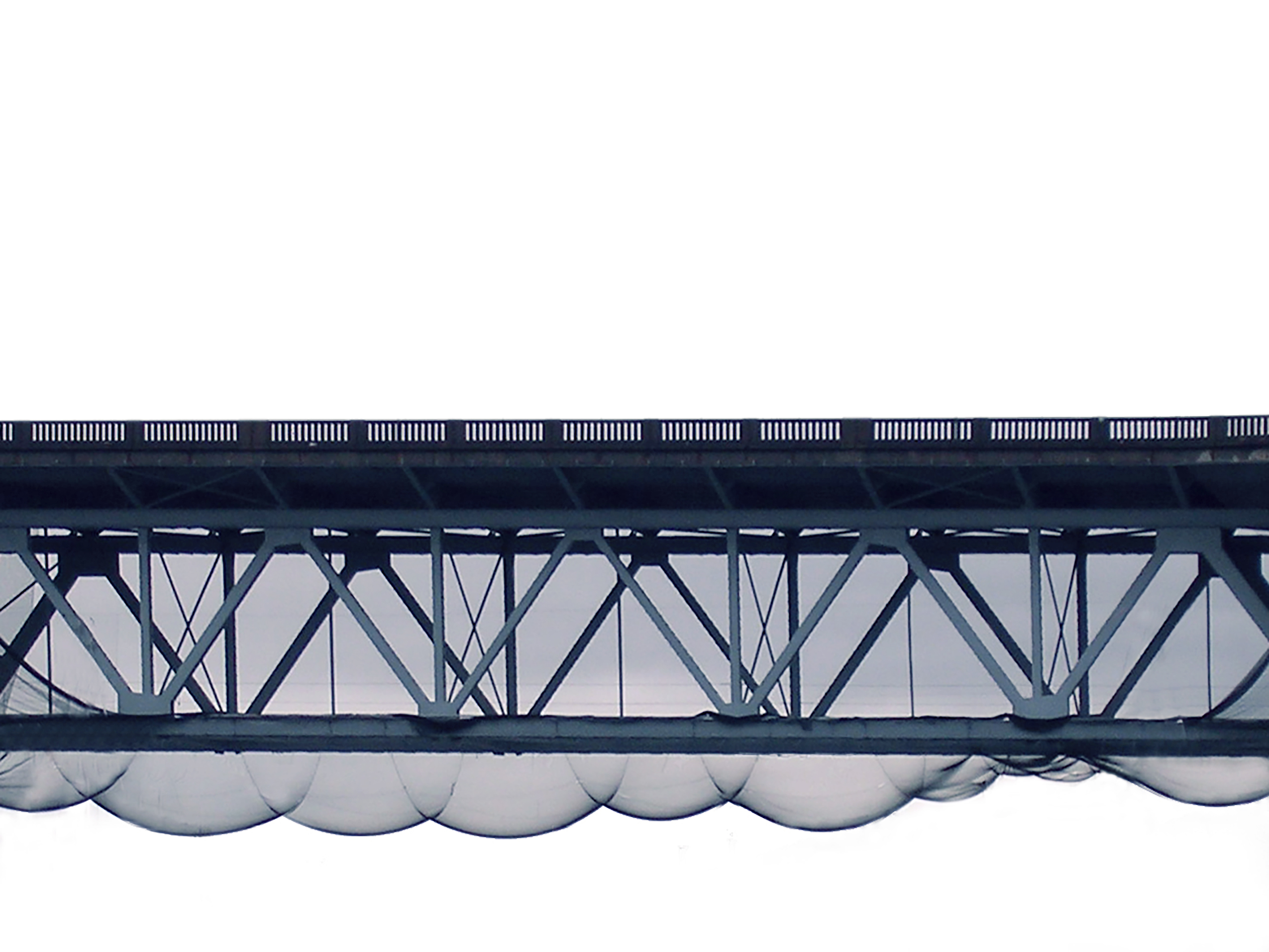
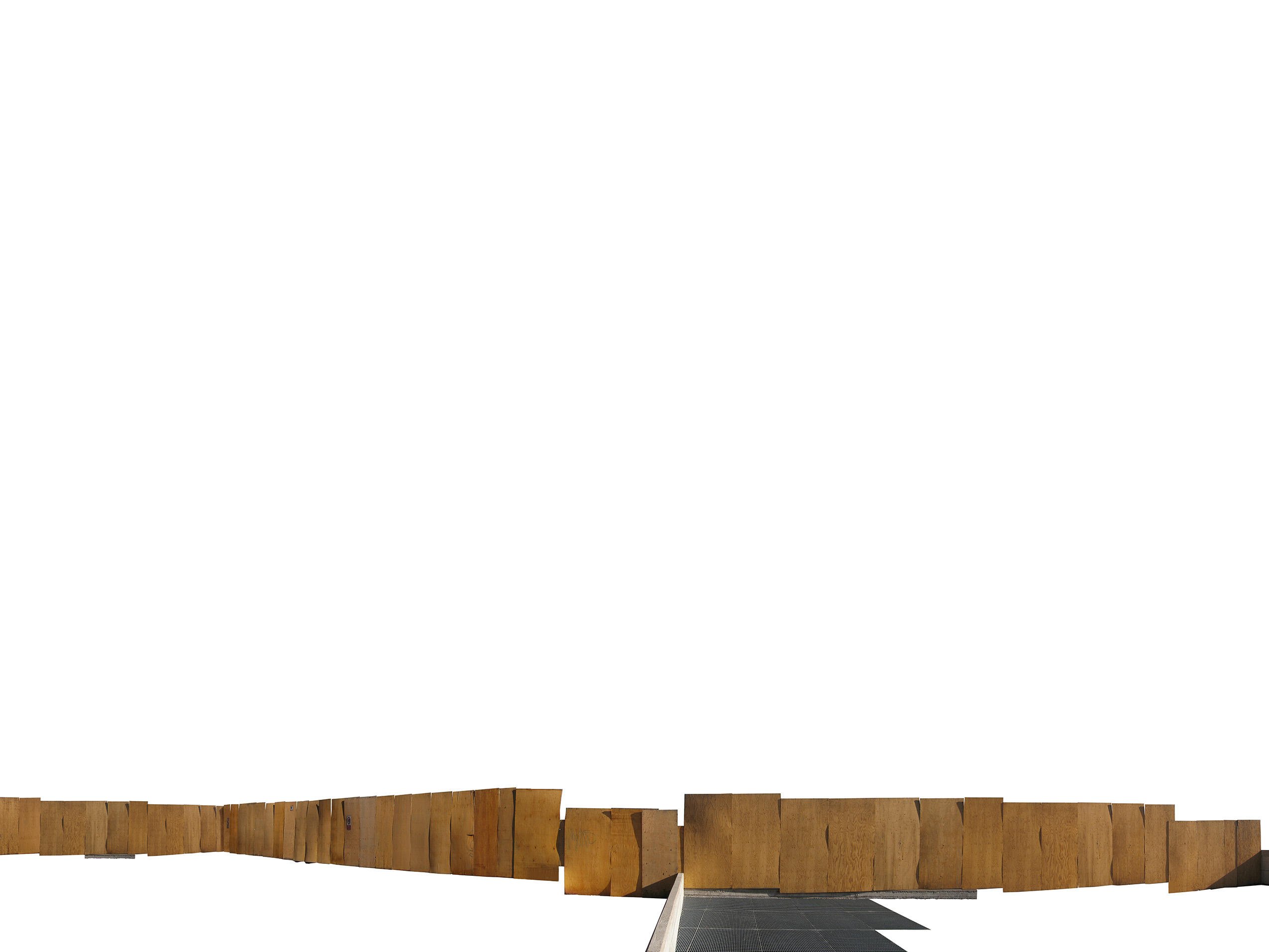
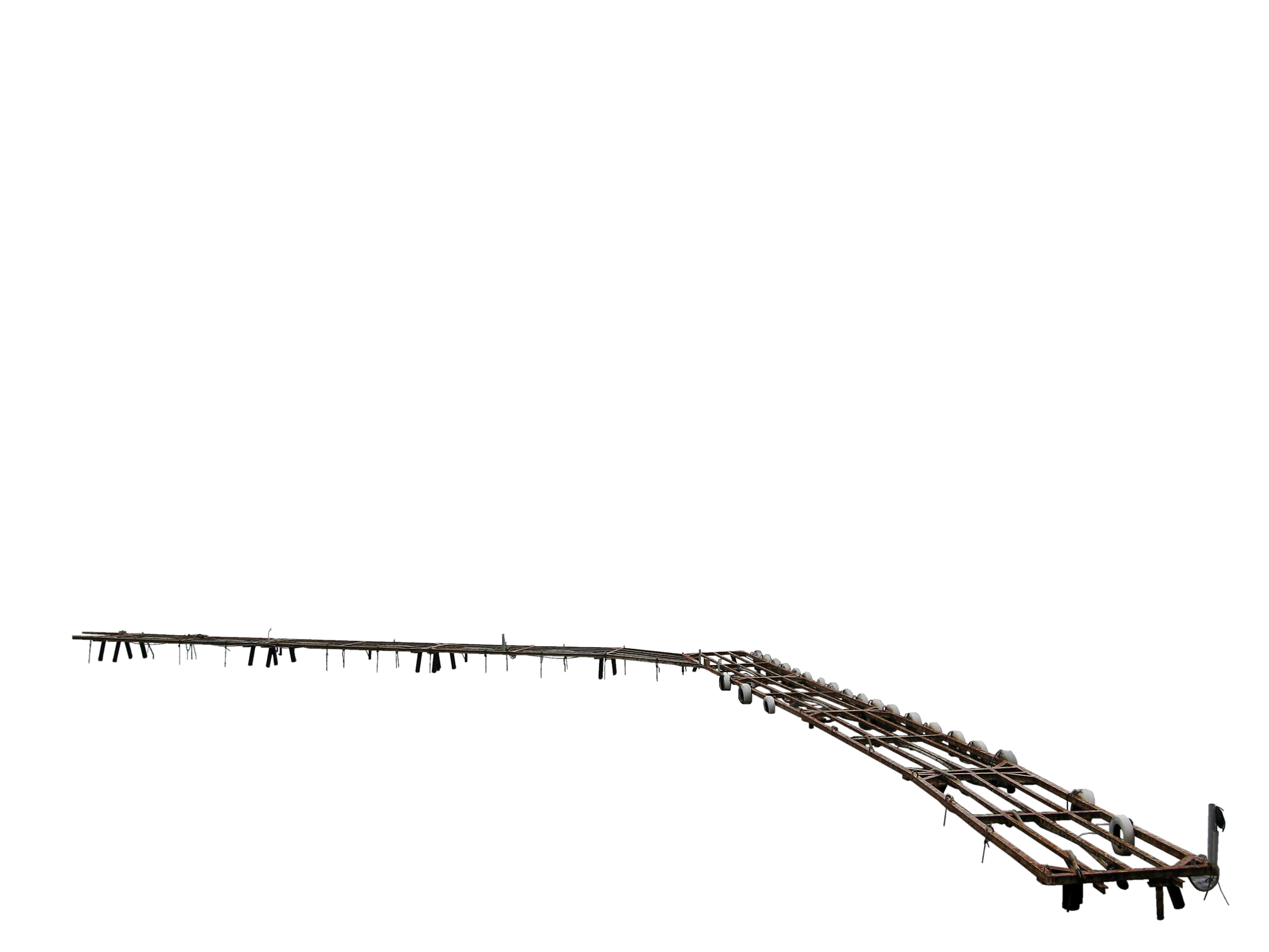
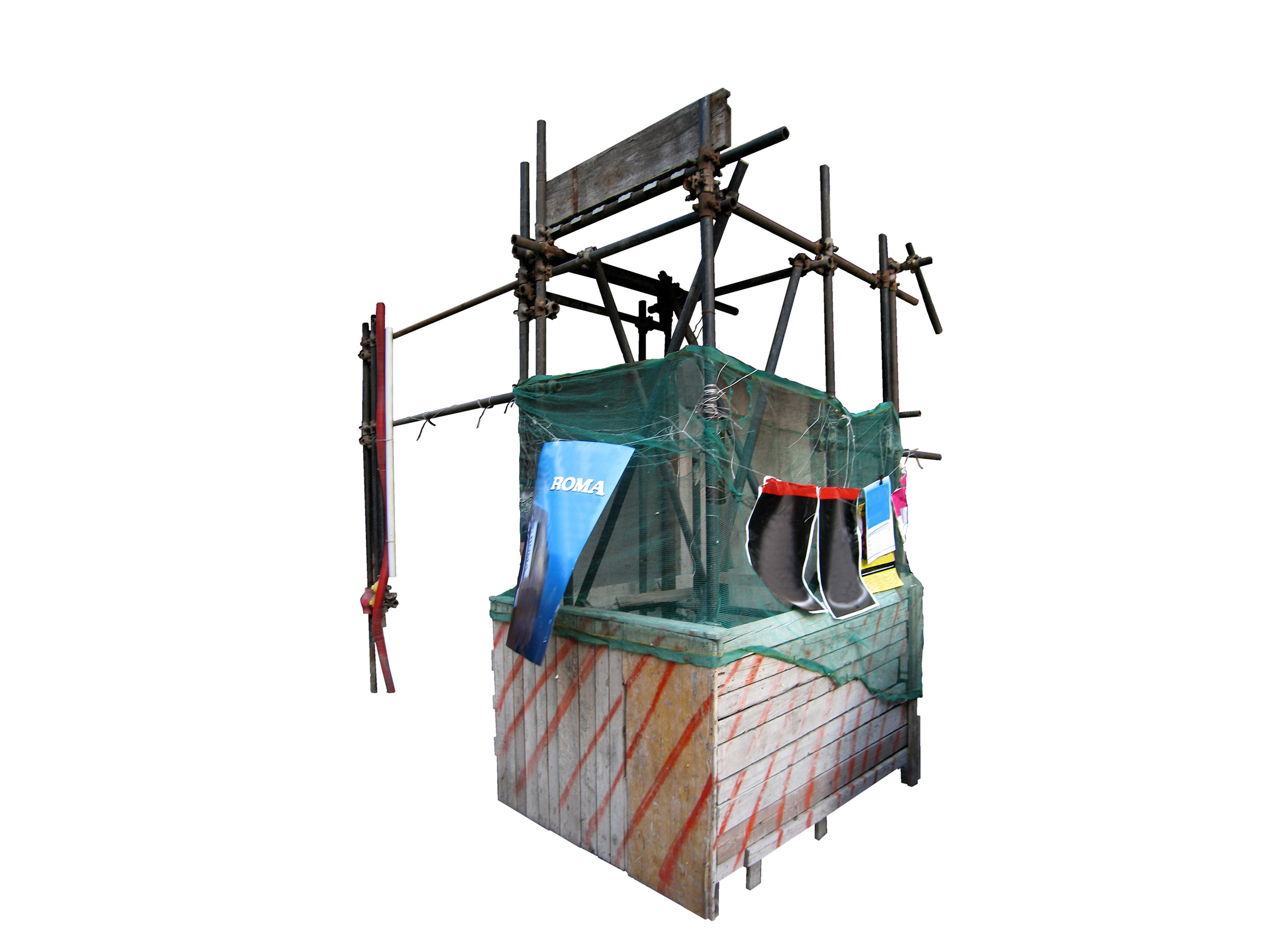

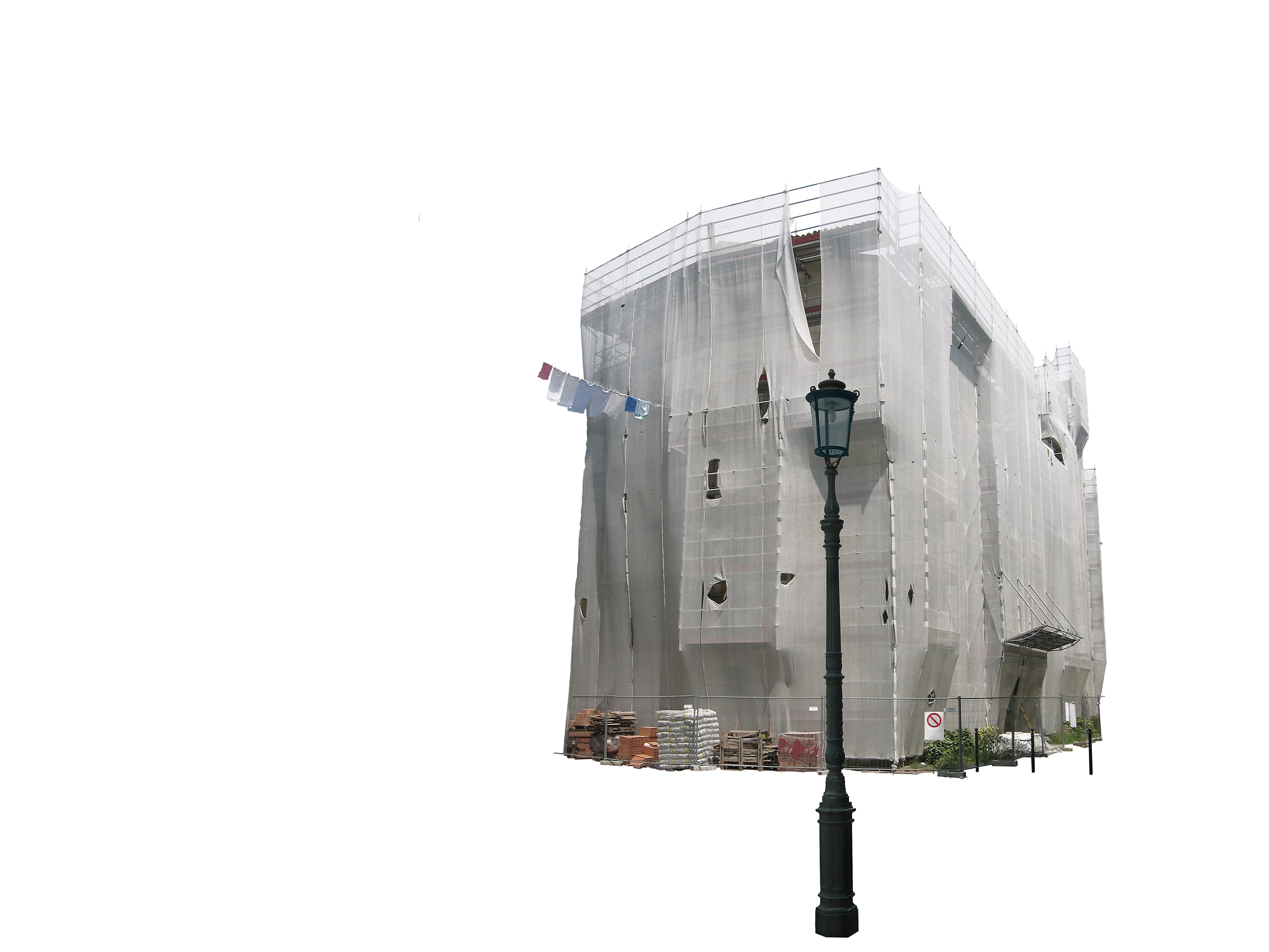
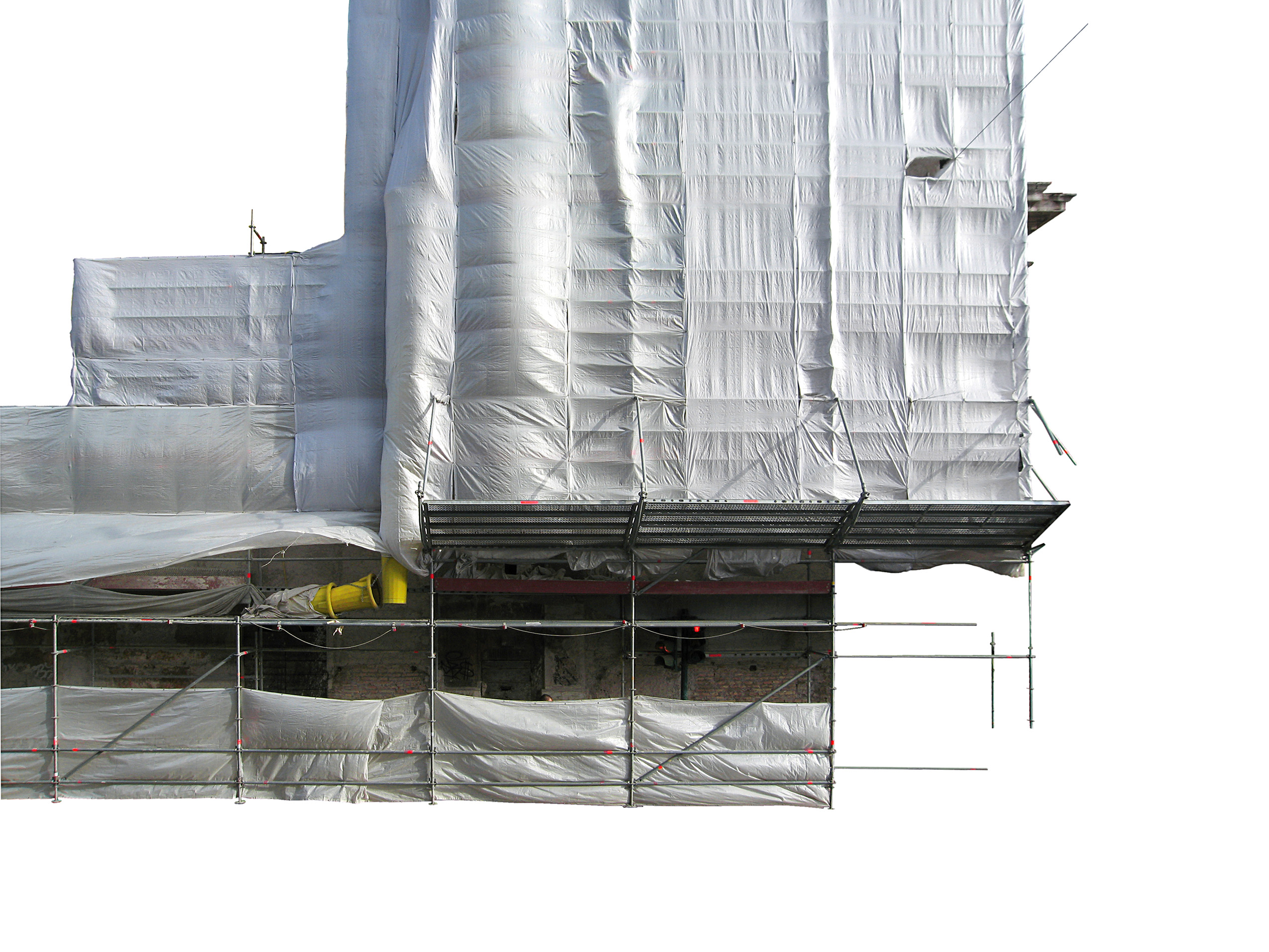
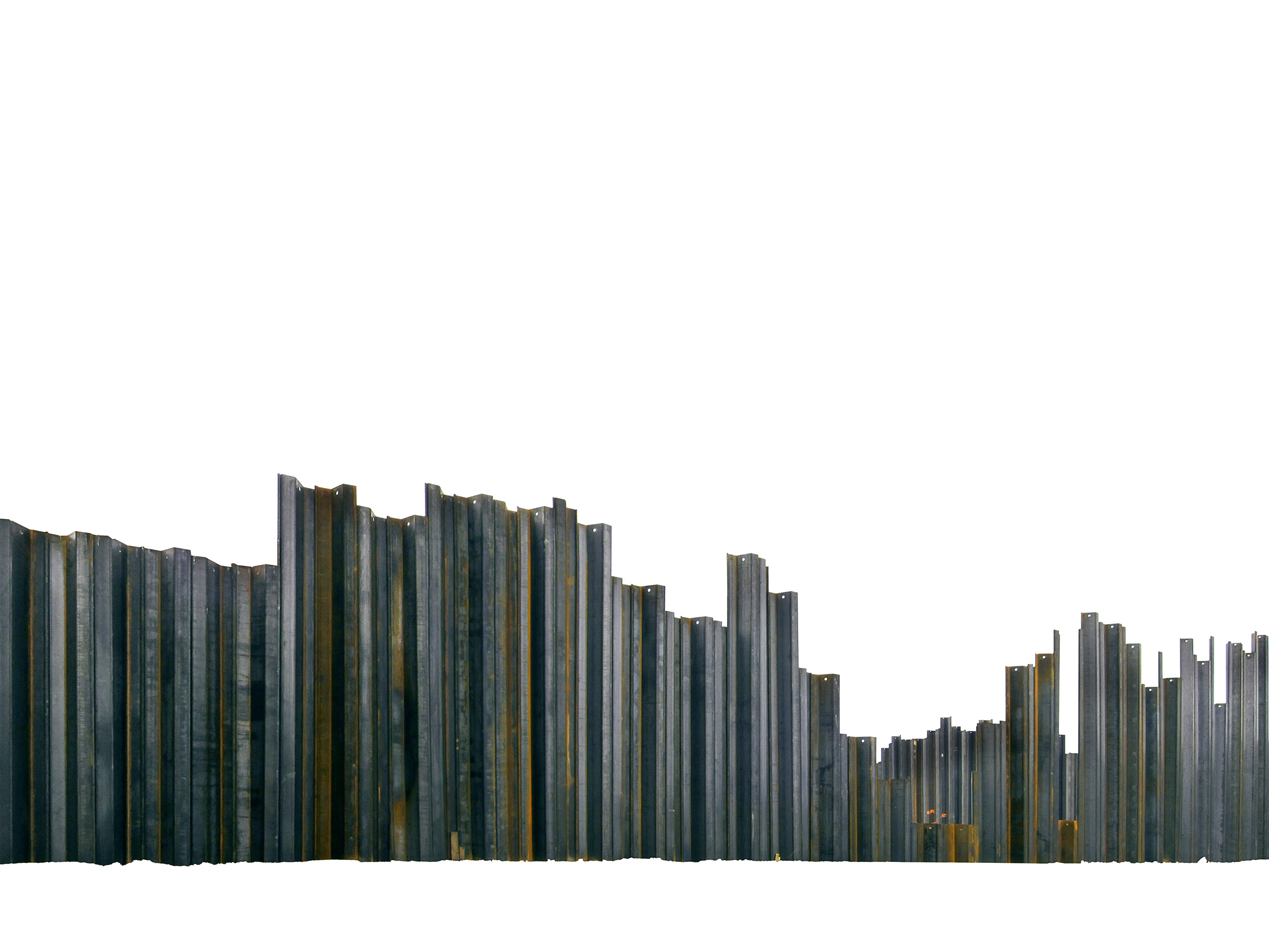
As a means for quickly exploring spatial configurations in support of an idea, Lead Pencil Studio uses physical models as a medium for explorations of otherwise full-scale structures. These works show Han & Mihalyo’s interest in structures at the edge of collapse and incomplete beginnings – two favorite qualities which they feel open compelling possibilities in architecture.
As one of the first artists to gain access to the very earliest versions of developing laser scanning technology (LiDAR) during an 2007 Rome Prize fellowship, Han and Mihalyo have returned to this rapidly evolving 3D image capture technology for much of their artwork. The images selected here are in many ways similar to their photographic work in the reductive nature of the final product and were chosen to support their interest in found conditions that communicate the barest gesture of enclosure. What is of interest in these images to the Studio goes beyond the nocturnal pixelated depictions of space and surfaces with threadbare delineation. In these digital captures, they are looking at how the machine vision gives equal importance to the featherweight details of cables, lines, wires, depressions, and line-of-sight shadows that otherwise go unnoticed due to the dominance of large objects or colorful textures taking primacy in human vision. These 2D printed images and 3D animations function as a material resource library for exploration years after capture. The addition of the third dimension makes this imagery particularly useful to these artists who draw from these enormous datasets for sculptures, research, buildings, and film animations.
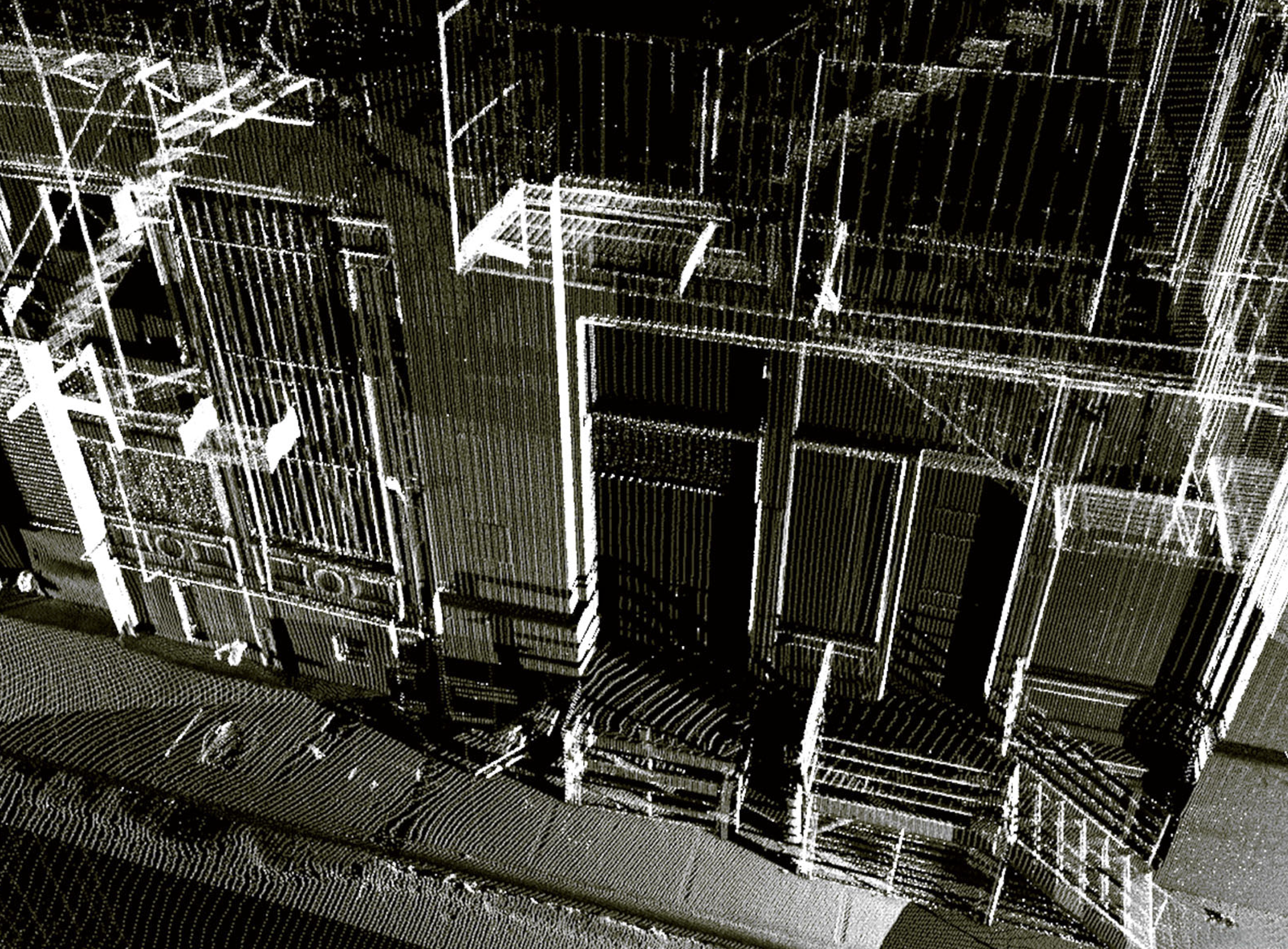
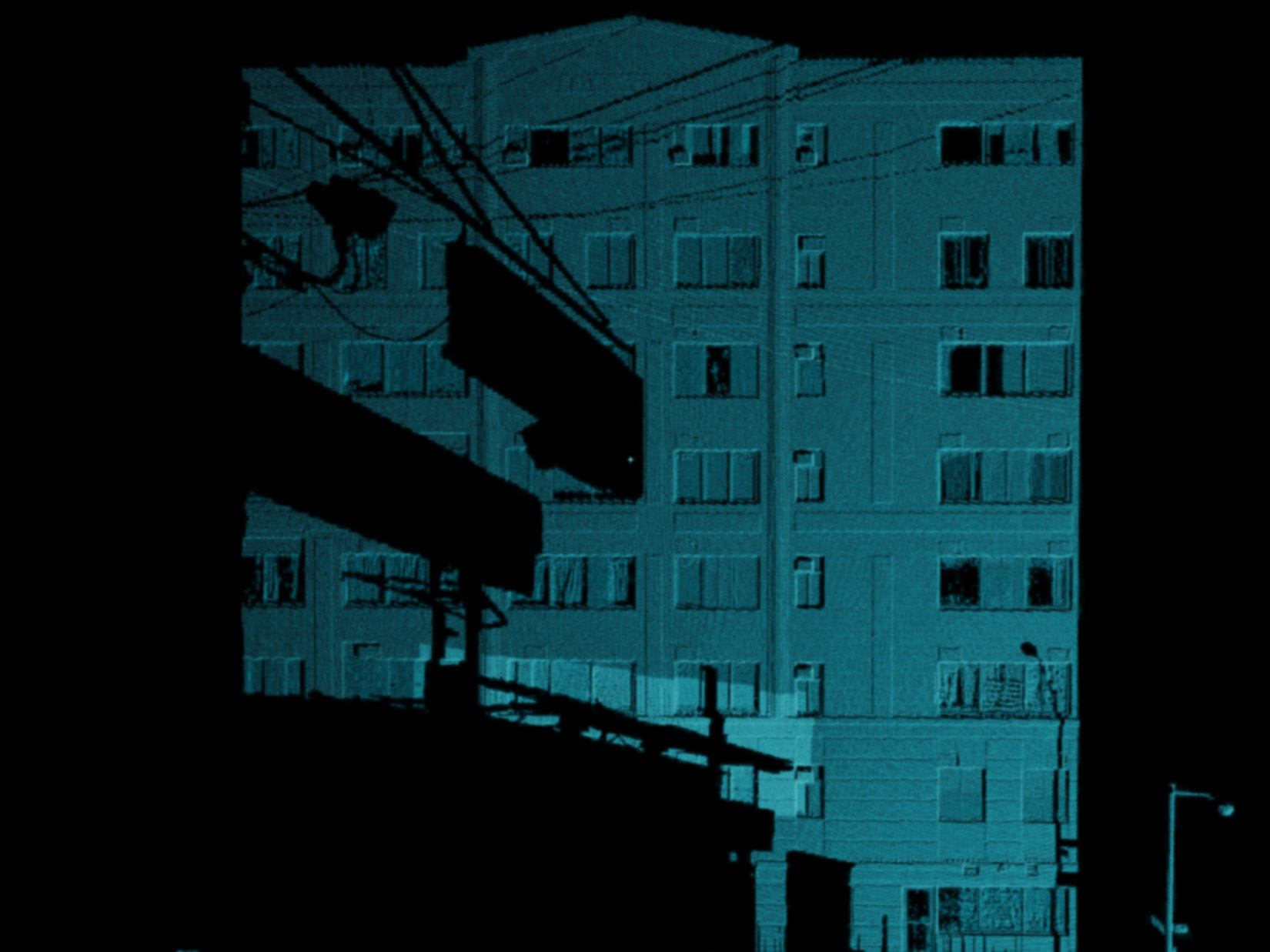
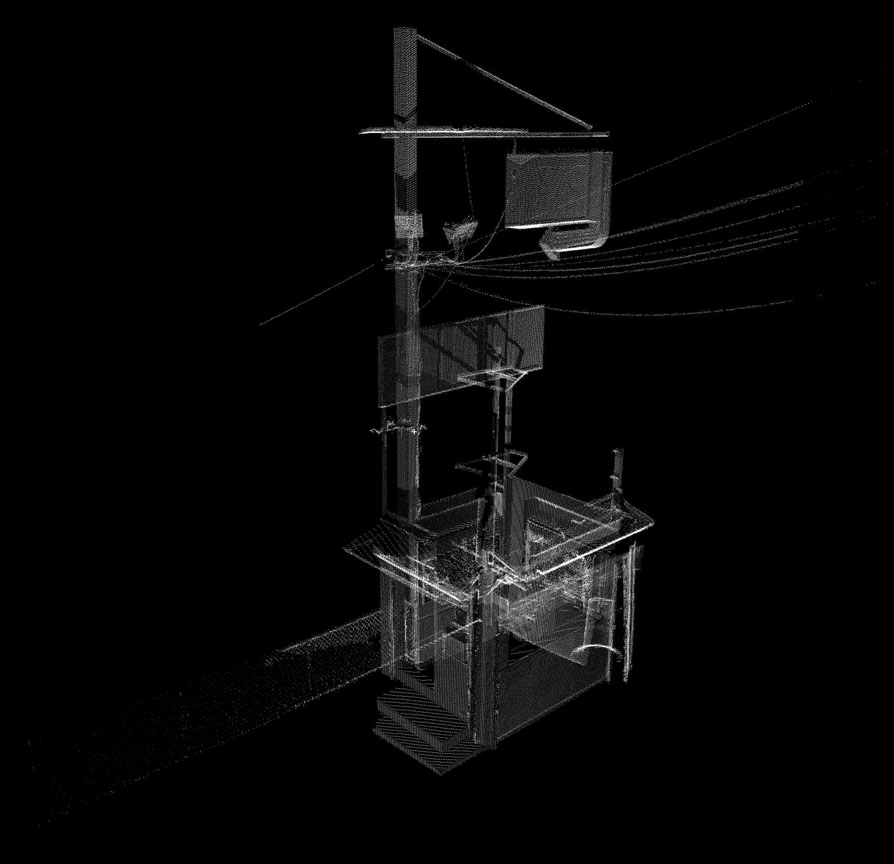
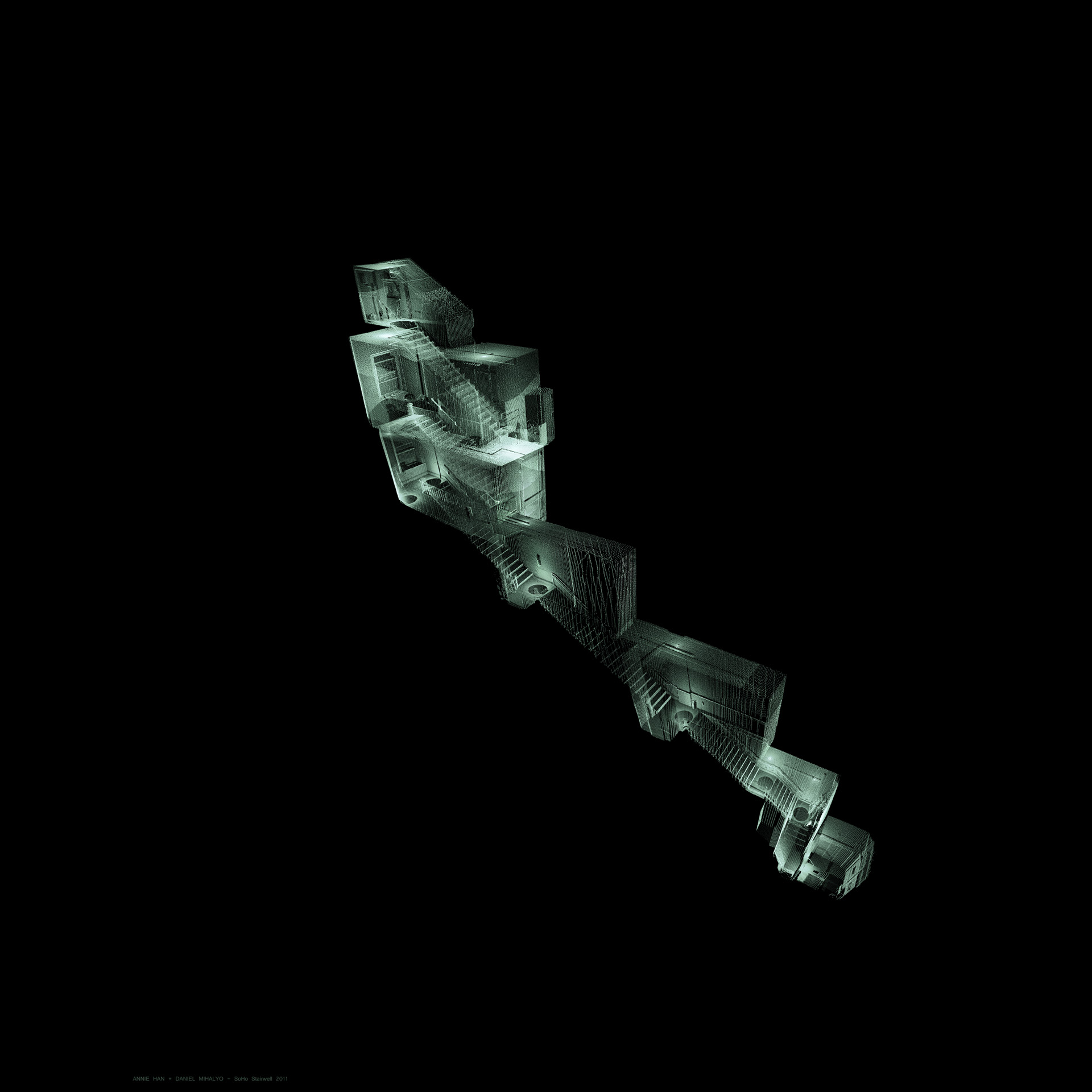
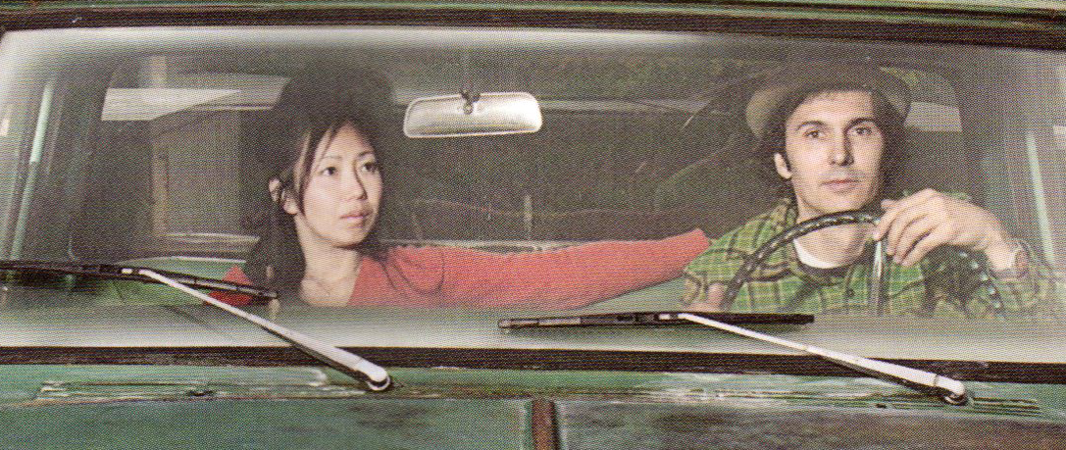
Lead Pencil Studio would like to thank the American Academy in Rome, Van Alen Institute, Leica Geosystems, Orange County Museum of Art, and MacDowell Colony for their invaluable support in developing this work. The ‘T’ Space Synthesis of the Arts Series 2021 is made possible because of major support provided by Steve Pulimood, Richard Armstrong, Elise Jaffe + Jeffrey Brown, and the Pratt Family Fund. Additional support is provided by our spirited community of donors and friends.
Web design by Enrique Garcia and Elliott Cost